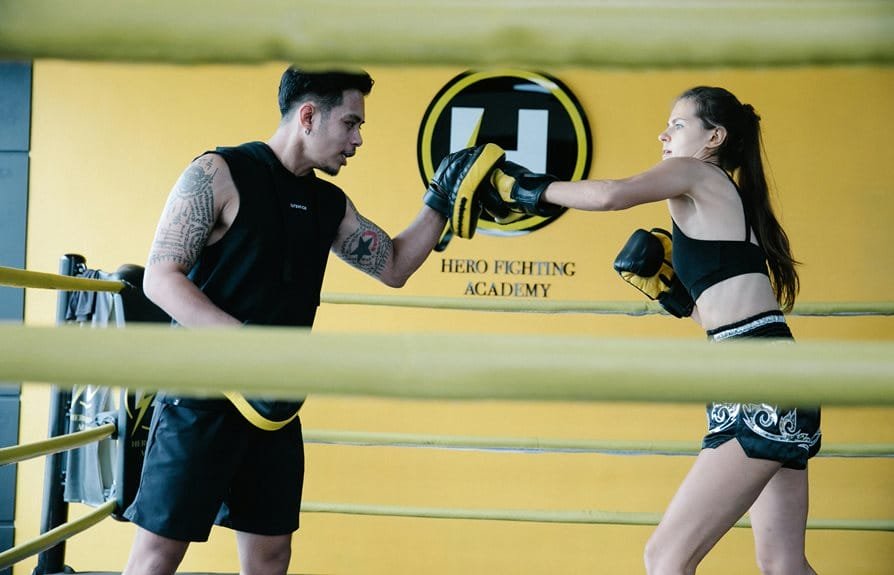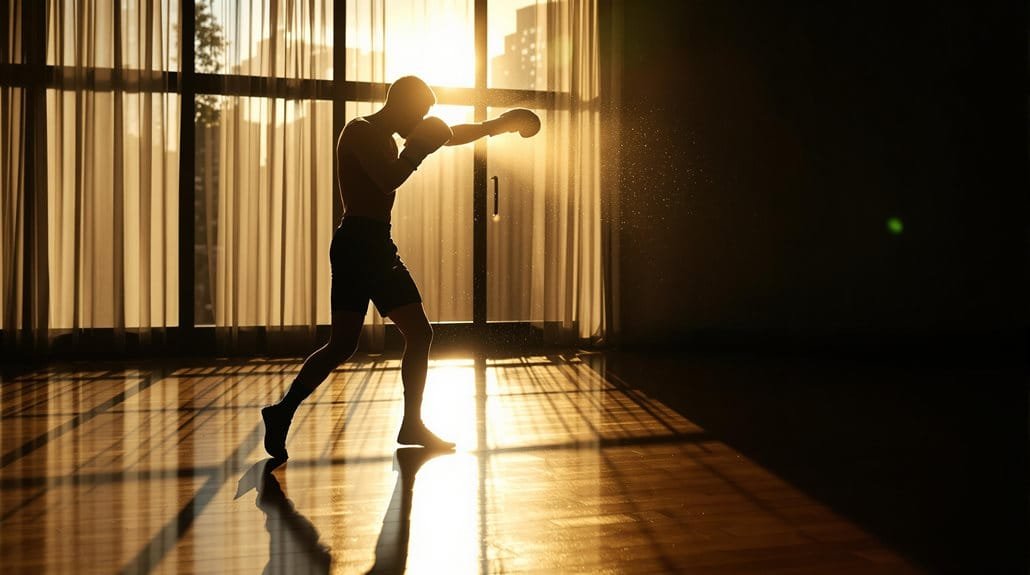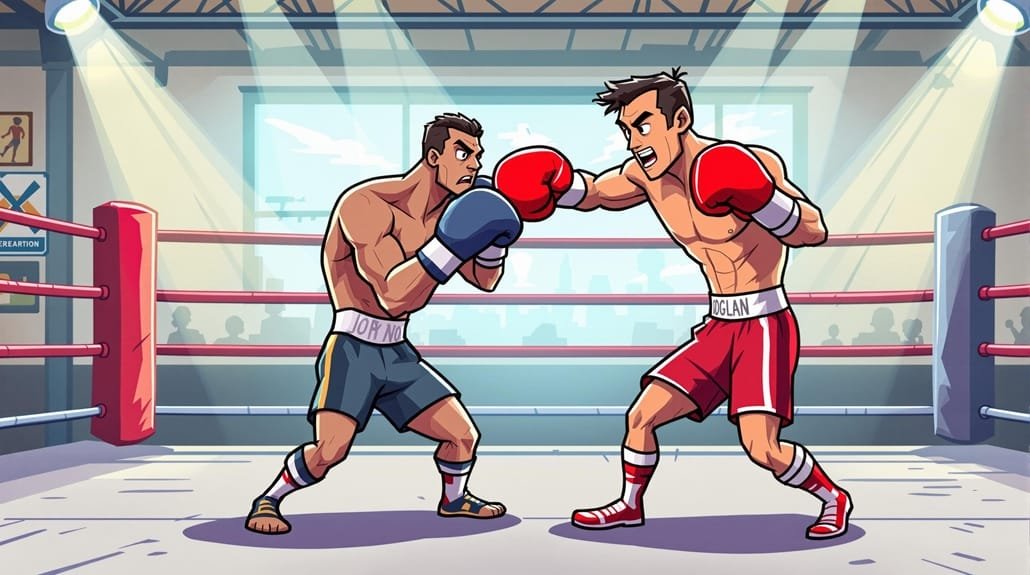You have probably heard that wrestling is scripted. This means that the wrestlers in the ring are told what to say and how to act. They also perform specific moves and follow a certain script.
This is something that has been a part of professional wrestling for a long time and is something that most people don’t think about. But, there is more to the story than meets the eye.
In this article, we’ll dive into the history of professional wrestling and how it has evolved over the years.
Table of Contents
Has Wrestling Always Been Scripted?
The shortest possible answer is no. Wrestling was long before a legitimate sport before any microphones, cheesy storylines or outrageous stunts entered the scene. Scriptures and hieroglyphics from ancient societies (including Greek, Roman, and Egyptian) all document wrestling as a popular spectator sport; in what is believed to be real athletic competition.
Other styles of wrestling also pre-date the contemporary norm with the key example being sumo wrestling where prehistoric wall paintings depict two important historical figures fighting in a form of sumo – for what is believed to be for control of several Japanese islands.
The route to wrestling becoming scripted, or at least dominated by the ‘professional wrestling’ stems from French circus acts from the 1800s. Wrestlers would regularly compete in a real competition as part of circus shows, yet this wasn’t enough for some performers. The most outgoing wrestlers started to add showmanship to their routine, inviting audience members to try to knock them down. This of course led to comical moments where the burly wrestlers could easily overpower members of the public. The same theatrics were slowly added to the matches between the wrestlers and by the 1900s; professional wrestling as it is known today was born.
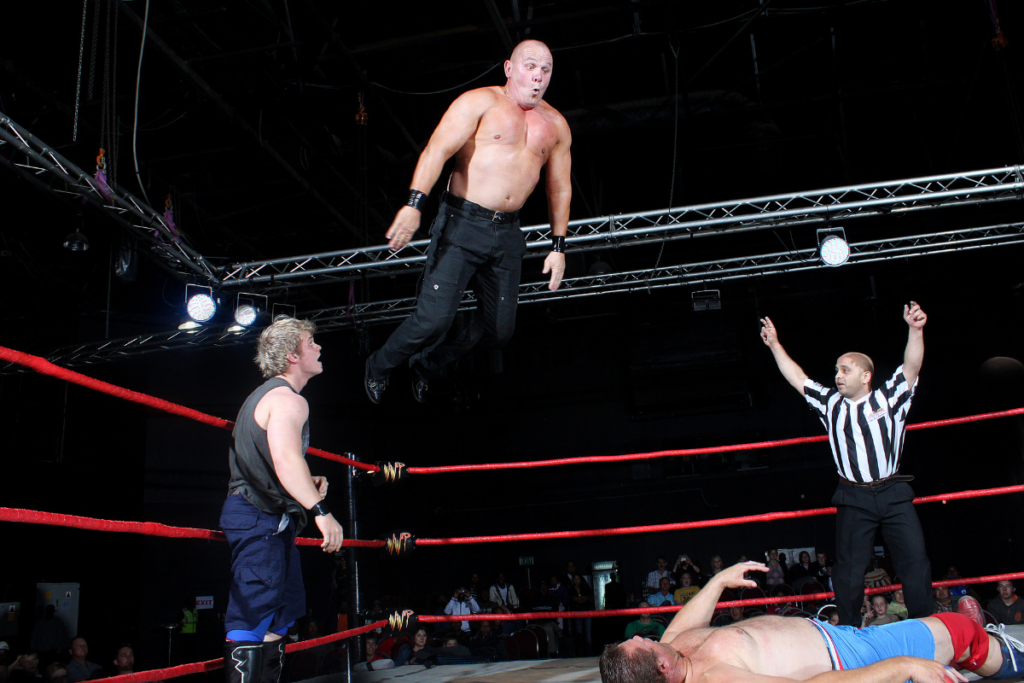
Was WWE Real Before?
The WWE has taken many forms during its history. The company was founded as the WWWF – the World Wide Wrestling Federation. The founder Vincent J. McMahon observed the initial politics of professional wrestling; by only operating in specific areas – and not treading on the toes of other promoters’ local areas.
An earlier incarnation of this took the form of Capitol Wrestling Corporation ran by the same older generation of McMahon as well as other promoters. The CWC didn’t operate exclusively in the wrestling circle as it also promoted boxing matches.
Yet since the introduction of the WWF and later the WWE product the results have always been intended to be pre-determined. A certain amount of physicality and athletic ability is still required to execute such performances, but the acting surrounding it can be off-putting for audiences only wanting ‘serious competition’.
There are some instances where the action is too real and injuries occur on-screen. One of the most famous incidents took place at the 1998 King of the Ring pay-per-view when the Undertaker threw Mankind off a steel structure; who subsequently fell several feet to the floor through a table. Whether or not the action was planned or not there’s no faking such a fall. So, while the match outcomes might never have been variable, there are certainly some elements of reality in the performances.
When Did Wrestling Admit It Was Fake?
While professional wrestling promotions have never openly stated their craft to be ‘fake’ the term ‘sports entertainment’ heavily leans that way, suggesting that sports are not the sole entity of the offering. The phrase has roots back in the 1930s but was brought to prominence in the 1980s by Vince K. McMahon (the current chairman of the WWE) who wanted to expand his revenue streams.
The name change from WWF to WWE (World Wrestling Entertainment) in 2002 may have been enforced by a lawsuit from the World Wildlife Fund, yet the company took the opportunity to incorporate and emphasize the entertainment factor. At this point, there was a notable shift in direction as the product developed to attract a more mainstream audience. It could be argued that around this point in the early 2000s the sport omitted that the competition of the sport mattered very little.
Contrastingly, All Elite Wrestling (AEW) is trying to dispel the lack of competition aspect from its product by actively keeping win-loss records for each wrestler – despite the results being pre-determined. In an interview, Cody Rhodes a company executive and in-ring performer described it as a step the AEW product more legitimate. This is a clear shot at the flamboyant tendencies to have the same performers in professional wrestling crowd the main event scene and trade results carelessly.

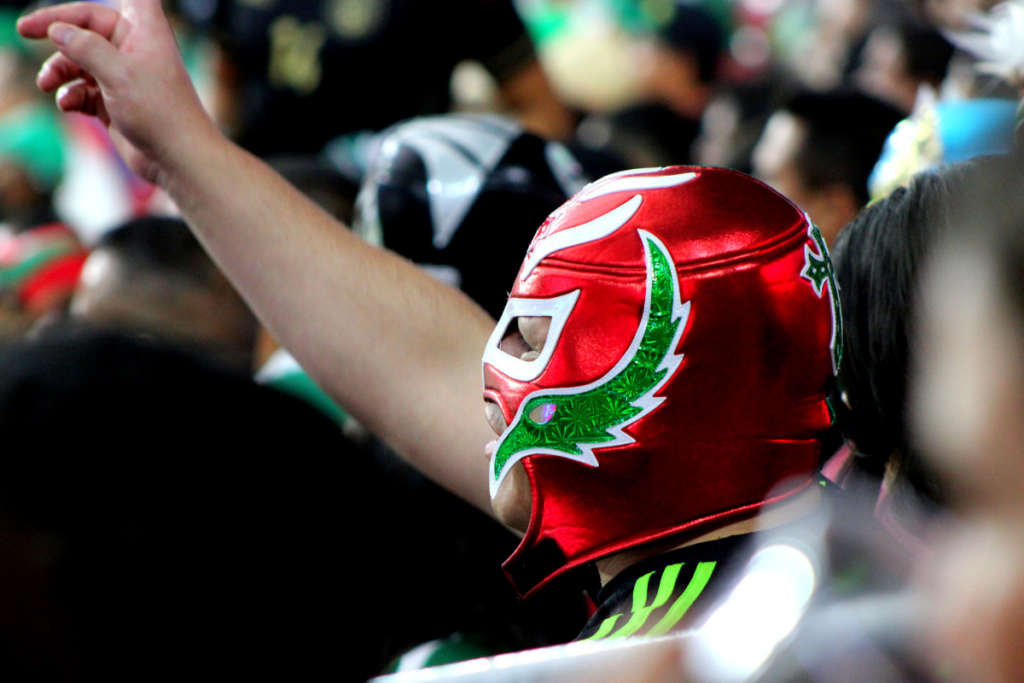
Does Pro Wrestling Ever Crossover into ‘Real Sports’?
Long before the contemporary craze for MMA stars to end up in the WWE, professional wrestlers would entertain exhibition fights with boxers in cards resembling the early days of the CWC. A famous example included Muhammad Ali who fought Antonio Inoki in a special rules boxer-versus-wrestler match. Reports of how the fight was conducted are mixed, however, the Japanese wrestler was adamant it was a real contest and laughed off Ali when he suggested a rehearsal.
Otherwise, there are the very common stories out there that Kurt Angle won Olympic gold in amateur wrestling, Goldberg had a brief tenure in American Football and Brock Lesnar was rather successful in the UFC. The latter of which sparked some kind of pathway for MMA and sports entertainment to trade talent with Ronda Rousey and Matt Riddle both now in the WWE. Ken Shamrock did make this transition way before Lesnar but didn’t spark any kind of movement like the latter.
It is worth noting that a few wrestlers have gone from wrestling to MMA, showing that they have acquired transferable skills. CM Punk, Dave Batista, and Jack Swagger have all gone from the no-competition to actual physical contests albeit with varying levels of success.
Do Wrestlers Actually Hit Each Other?
Professional wrestling is an athletic sport that requires skill and strategy. It is also known for its violence and aggression. While professional wrestling can be violent, it is not real. Professional wrestlers do not hit each other, and they do not really fight.
The truth is that professional wrestlers are actors who are paid to fake fights and hits. They are trained to use specific moves, and they are coached to act in a certain way.
Conclusion
In conclusion, it’s important to remember that no matter how real it seems, pro wrestling is still a show. And that’s not going to change.
I think the best way to describe it is that it’s a mix of entertainment and sports. But it’s a very different type of entertainment.
The difference is that the focus is on entertaining the audience. While that can be a challenge, it’s also the reason why it’s so popular.


